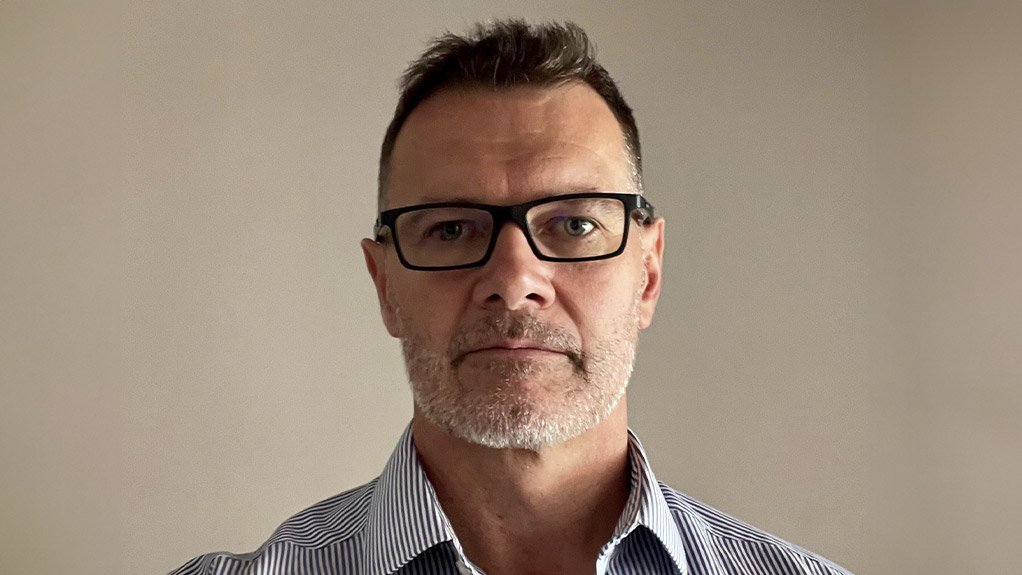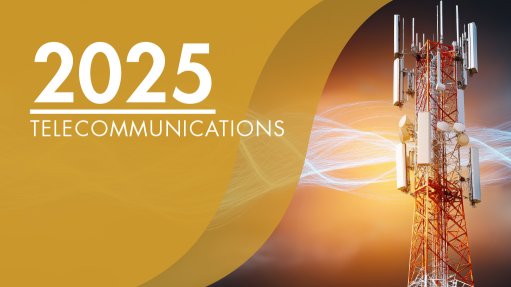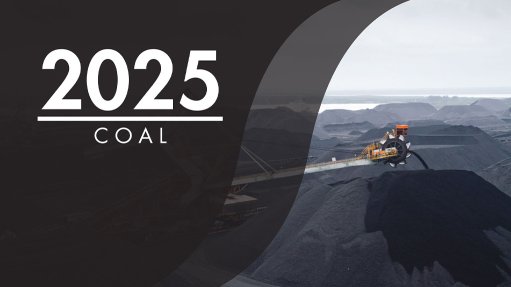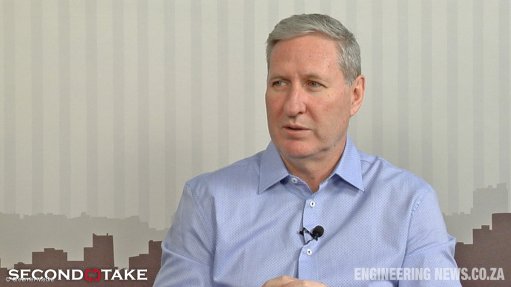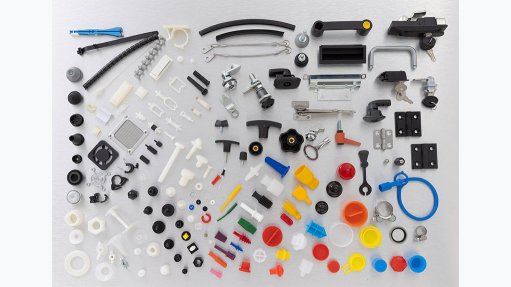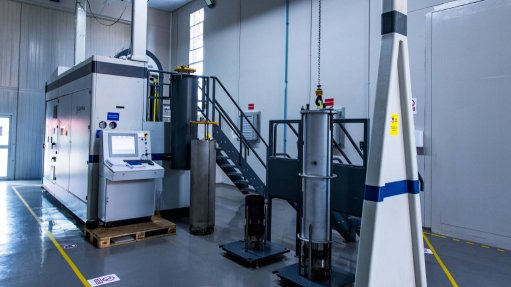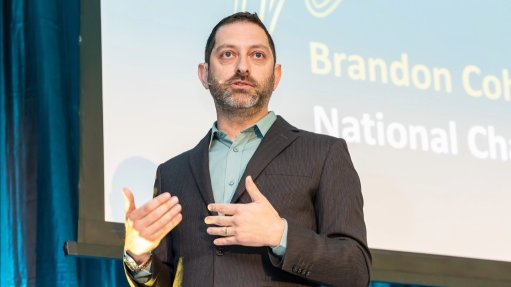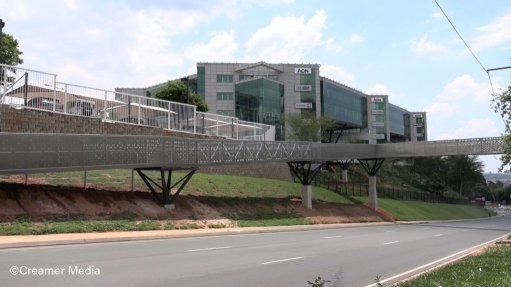No one should be left behind – why utilities must prioritise maintenance of SA’s remote data centres
This article has been supplied.
By: Ben Selier - Vice President, Secure Power for Anglophone Africa at Schneider Electric
The story of power generation is more than meets the eye. Beyond energy distribution and the infrastructure that enable it, are the IT systems that play a fundamental role in keeping systems running. However, it is also these invisible, if you will, Point of Presence (PoP) data centres – located the remotest parts of our country – that often go unseen.
The reality is that in order for utilities to deliver safe, reliable and sustainable electricity to even the smallest of South African towns, the remote sites must be maintained and secured. You cannot separate the infrastructure that manages input from the systems that enable output.
Data centres today serve the digital infrastructure of utilities; whether it is ensuring billing accuracy or controlling grid distribution, these facilities provide essential IT services that enable the services to function properly.
Like physical operational infrastructure, IT failure can also lead to service interruption, safety risks, and increased operational costs. And unfortunately, particularly at remote sites, the maintenance of IT systems isn’t always prioritised.
It becomes a bit contradictory when a transformer can still deliver electricity but the utility’s billing or monitoring system is offline due to battery failure or overheating.
Indeed, acid leaks, non-functional air condition and unstable UPS systems can be downright catastrophic. If left unchecked, these remote sites can experience complete system outages which are not costly but time consuming to repair due to the isolated location of some of these sites.
There are solutions, today
So, what can be done to provide some relief to our country’s already overburdened utilities? Data Centre Infrastructure Managements (DCIM) overcomes a lot of the abovementioned challenges.
DCIM offerings which today incorporate Building Management Systems (BMS) and facility management platforms offer importantly functionality such as early warnings through the use environmental sensors, helping utilities act before minor issues escalate.
Also, vibration sensors can detect irregularities in generators long before it fails, and temperatures spikes in battery rooms can prompt immediate cooling interventions, avoiding the need for expensive replacements.
Importantly, DCIM overcomes the need to travel hundreds of kilometres to physically inspect every POP data centre which is extremely challenging given the size and spread of South Africa’s grid infrastructure. DCIM’s centralised monitoring systems allow utilities to keep tabs on all their sites from a single control room, often located hundreds of kilometres away.
Schneider Electric’s DCIM offering is an integrated solution tailored to the needs of remote utility sites. It includes features like;
- Environmental and equipment monitoring of temperature, humidity, power load, UPS health, and more.
- Access control and surveillance - cameras installed both on site and inside racks for physical security.
- Vibration sensors – monitoring generators and other critical machinery.
- Centralised control and visibility that enable real-time insight from a single command centre.
- Proactive alerts which allow for early intervention before equipment fails.
The benefits are also immediate, reduced downtime, lower maintenance costs, improved safety, and longer equipment life cycles which, in turn, avoid large-scale repairs or replacement – all contributing to reduced capital expenditure.
Article Enquiry
Email Article
Save Article
Feedback
To advertise email advertising@creamermedia.co.za or click here
Comments
Press Office
Announcements
What's On
Subscribe to improve your user experience...
Option 1 (equivalent of R125 a month):
Receive a weekly copy of Creamer Media's Engineering News & Mining Weekly magazine
(print copy for those in South Africa and e-magazine for those outside of South Africa)
Receive daily email newsletters
Access to full search results
Access archive of magazine back copies
Access to Projects in Progress
Access to ONE Research Report of your choice in PDF format
Option 2 (equivalent of R375 a month):
All benefits from Option 1
PLUS
Access to Creamer Media's Research Channel Africa for ALL Research Reports, in PDF format, on various industrial and mining sectors
including Electricity; Water; Energy Transition; Hydrogen; Roads, Rail and Ports; Coal; Gold; Platinum; Battery Metals; etc.
Already a subscriber?
Forgotten your password?
Receive weekly copy of Creamer Media's Engineering News & Mining Weekly magazine (print copy for those in South Africa and e-magazine for those outside of South Africa)
➕
Recieve daily email newsletters
➕
Access to full search results
➕
Access archive of magazine back copies
➕
Access to Projects in Progress
➕
Access to ONE Research Report of your choice in PDF format
RESEARCH CHANNEL AFRICA
R4500 (equivalent of R375 a month)
SUBSCRIBEAll benefits from Option 1
➕
Access to Creamer Media's Research Channel Africa for ALL Research Reports on various industrial and mining sectors, in PDF format, including on:
Electricity
➕
Water
➕
Energy Transition
➕
Hydrogen
➕
Roads, Rail and Ports
➕
Coal
➕
Gold
➕
Platinum
➕
Battery Metals
➕
etc.
Receive all benefits from Option 1 or Option 2 delivered to numerous people at your company
➕
Multiple User names and Passwords for simultaneous log-ins
➕
Intranet integration access to all in your organisation



